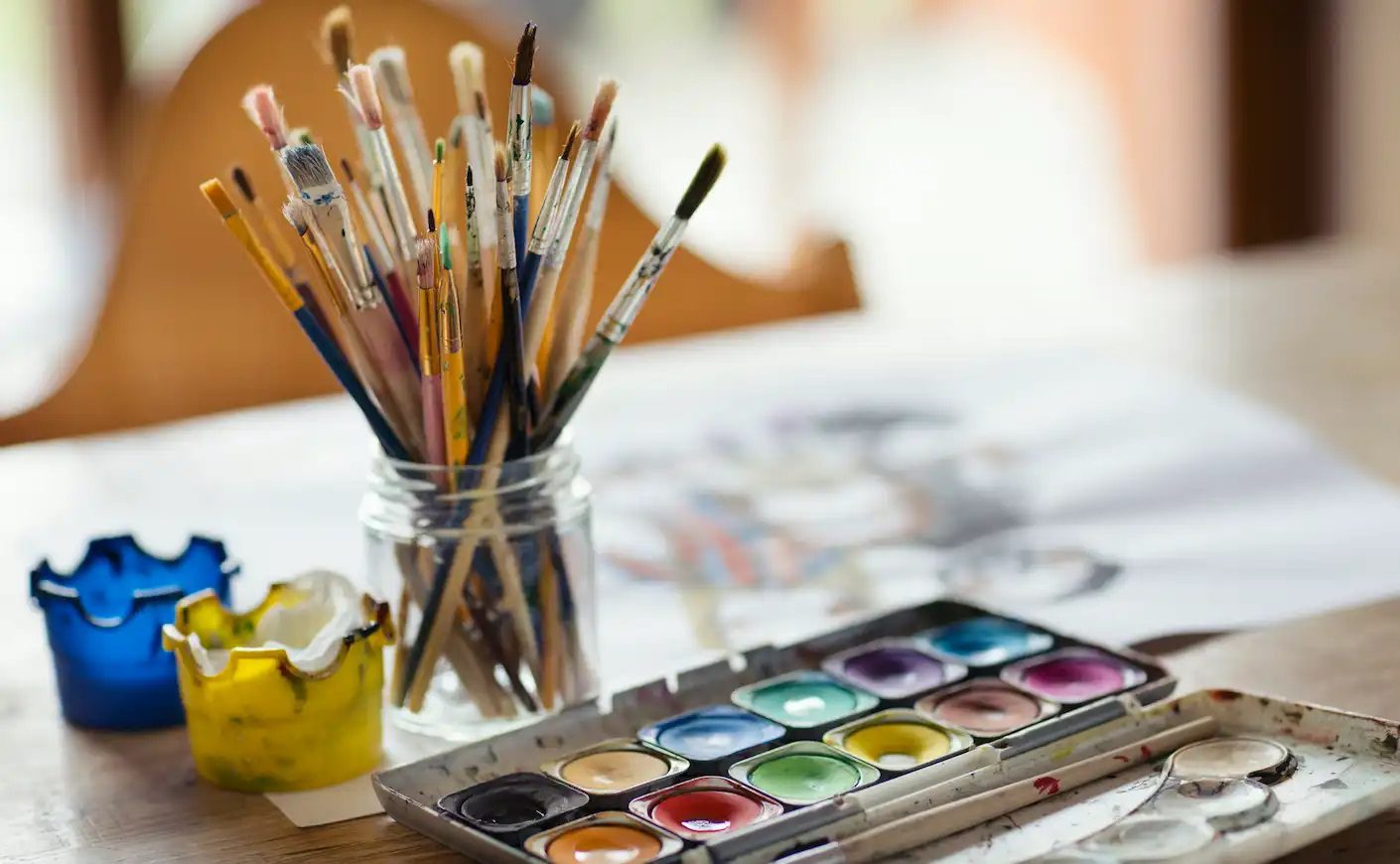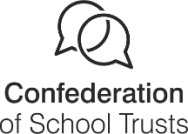| Departmental Staff | |
| Miss M Merrington-Ingley | Curriculum Leader |
| Mrs S Harris | Art Teacher |
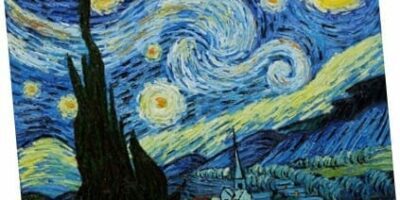
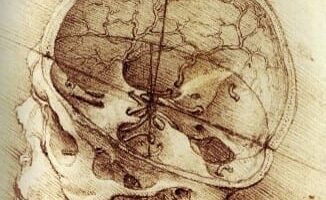
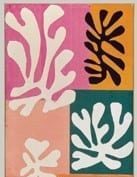
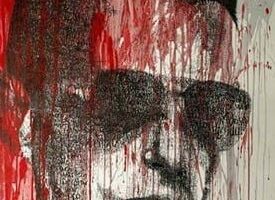
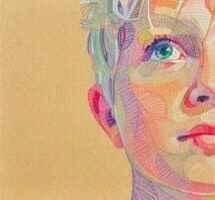
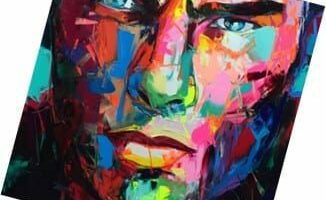
Year 7
What will students know by the end of the topic…
| Topic One—Term 1a | Topic Two—Term 1b | Topic Three—Term 2a | Topic Four – Term 2b | Topic Five—Term 3a | Topic Six—Term 3b |
| The Formal Elements
Part 1. |
The Formal Elements
Part 2. |
Leonardo De Vinci
Shaded Shells. |
Lui Freya
Pencil Crayon Shells. |
Anotel Knotek
Ink Shells. |
Francoise Nielly
Painted Shells |
| How to observe and draw with accuracy.
Understanding how to break an object down into simple shapes. How to shade with a pencil and create a range of tones. How different materials have different mark making qualities e.g. texture. How to use oil pastels in particular to produce a study of Vincent Van Gogh’s painting The Starry Night. |
Understanding of colour wheel and its use within art and design.
How to compose a piece of work effectively using collage techniques and the work of Henri Matisse. |
How to observe and draw what you see with accuracy using the grid method.
How to compose an artist research page. Students will be able to identify the style and characteristics of the artist Leonardo De Vinci and form opinions about his work, style and learn from his techniques and processes for making art. |
How to observe and draw what you see with accuracy using trace and transferring methods.
How to use pencil crayons. Students will be able to identify the style and characteristics of the artist Lui Freeya and form opinions about his work, style and learn from his techniques and processes for making art. |
What is concrete poetry and how to make art using words using a variety of mark making techniques and approaches.
Students will be able to identify the style and characteristics of the artist Anotel Knotek and form opinions about his work, style and learn from his techniques and processes for making art. |
Colour theory and its application within art and design.
Pupils will develop their painting skill and gain knowledge on how different painting tools and techniques effect application and the appearance of a mark. Students will be able to identify the style and characteristics of the artist Francoise Nielly and form opinions about her work , style and learn from her techniques and processes of making art. |

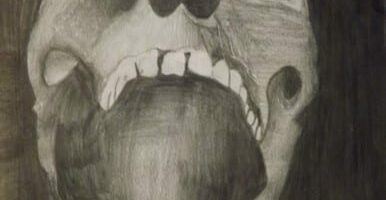
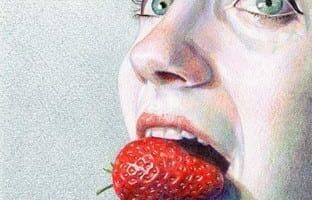
Year 8
What will students know by the end of the topic…
| Topic One—Term 1a | Topic Two—Term 1b | Topic Three—Term 2a | Topic Four – Term 2b | Topic Five—Term 3a | Topic Six—Term 3b |
| The Formal Elements—Part 1. | The Formal Elements—Part 2. | Marlene Dumas Shaded Skulls. | Sarah Hope Pencil Crayon Skulls. | Gabriel Moreno Ink Skulls. | David Walker Painted Skulls. |
| Cutting and collaging skills and techniques developed with a focus on the importance of shape.
How to create a range of tone using a pencil and pencil crayons. In order to render an object. How pattern is used within art and design. |
Understanding of colour wheel and its use within art and design.
Pupils will develop their painting skills. The importance of composition and arrangement within art and design. |
Demonstrate the ability to produce a sustained and focussed piece of work using monochromatic multi media techniques to effectively to add tone to show three dimensionality , texture and detail.
How to compose an artist research page. Students will be able to identify the style and characteristics of the artist Marlen Dumas and form opinions about her work, style and learn from her techniques and processes for making art. |
How to observe and draw what you see with accuracy using trace and transferring methods.
How to use pencil crayons. Students will be able to identify the style and characteristics of the artist Sarah Hope and form opinions about her work, style and learn from his techniques and processes for making art. |
Demonstrate the ability to produce a sustained and focussed piece of work which shows knowledge, understanding and the practical application in using a variety of ink based materials to add tone to show three dimensionality , texture and detail.
Demonstrate the ability to make informed judgements and connections to Gabriel Moreno by taking inspiration form his work, style and mark making technique’s used. |
Pupils will develop their proficiency and confidence in using a variety of painting mediums and techniques.
Students will be able to Students will be able to identify the style and characteristics of the artist David Walker and form opinions about her work, style and learn from his techniques and processes for making art. |
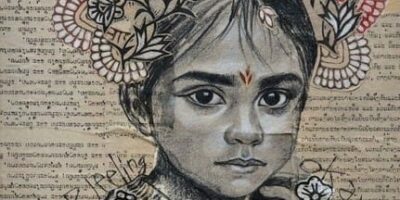
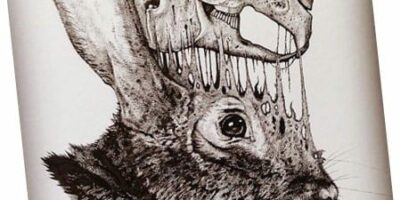
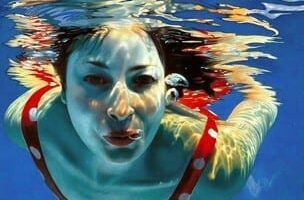
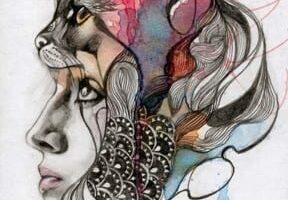
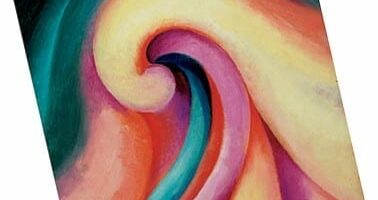
Year 9
What will students know by the end of the topic…
| Topic One—Term 1a | Topic Two—Term 1b | Topic Three – Term 2a | Topic Four – Term 2b | Term 3a | Term 3b |
| Stephanie Ledoux— Collage. | Paul Jackson—Ink Animals. | Patricia Ariel—Fantasy Portraits. | Morph Project | ||
| How to produce an artist research page.
How to produce a focussed piece of research in her work and style. Pupils will produce a piece of practical work which emulates her style and approach thus developing their own practical skills. Students will embed their knowledge and application of the formal elements of art and design. How to annotate their own work in detail using key terminology correctly. |
Pupils will produce a focussed piece of practical work which emulates that artists style and approach thus developing their own practical skills, knowledge and application of the formal elements.
How to use a variety of inks to show tone, layering, mark making , detail and texture. |
Pupils will produce a piece of practical work which emulates Patricia Ariel’s style and approach in order to develop their own practical skills.
Pupils will develop their self portraiture drawing skills coupled together with composition and application of pattern work. |
Pupils will produce a body of work around the theme “Morph”.
Pupils with be taken through a series of workshops that are designed to help them to develop and fully resolve an idea for a final A3 painted outcome. These workshops look at how to use: -Colour -Contrast -Boarders & Framing -Repetition -Scale -Background The project ends with pupils producing am A3 painted piece under exam conditions. |
||
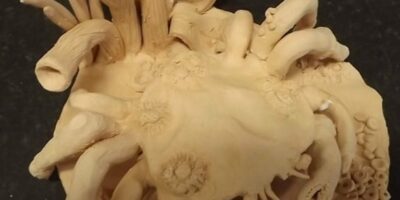
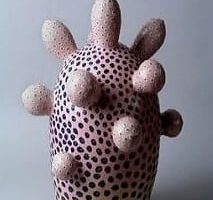
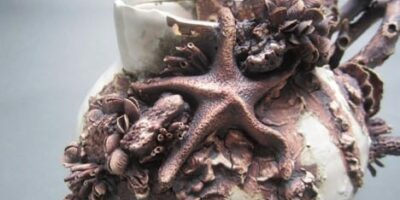
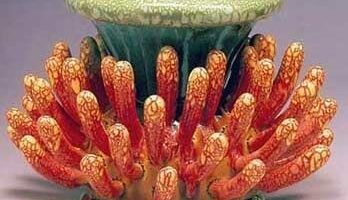
Year 10
What will students know by the end of the topic…
| Topic One—Term 1a | Topic Two—Term 1b | Topic Three—Term 2a | Topic Four – Term 2b | Topic Five—Term 3a | Topic Six—Term 3b |
| Mary O’Malley—Research & Idea development. | Courtney Mattison —Research & Idea development. | Kate Malone—Research & Idea development. | Clay Maquette Making. | Clay Final Piece Making. | Sea Themed Observational Drawing Workshops. |
| How to produce an artist research page.
How to produce a focussed piece of research on her and her work and style. Produce a design for a vassal demonstrating influences from O’Malley’s series of work “Bottom feeders”. How to annotate their own work in detail using key terminology correctly. |
How to recognise the characteristics of Courtney Mattison’s work and style.
Use it as a starting point to develop their own fully resolved idea for a ceramic piece which is themed around the sea. This artist helps students understand the formal element of form and shape in more detail and its importance in three dimensional art. |
How to recognise the characteristics of Kate Malones work and style.
Use it as a starting point to develop their own fully resolved idea for a ceramic piece which is themed around the sea. This artist helps students understand the formal element of form and shape in more detail and its importance in three dimensional art. |
How to make a pinch Pot and coil pot.
Slab building techniques. Students develop their knowledge of the specific tools and techniques needed when working in clay. Effectively documenting work through photography and annotation. |
Presenting a personal, informed and meaningful response, from initial research through to the final piece. Under examination conditions.
Pupils need to demonstrate analytical and critical understanding as they respond to the “Under the sea” theme. They will also need to demonstrate and apply their practical knowledge of working in clay to produce a final three dimensional sculpture under exam conditions. |
Pupils will be encouraged to hone their observational drawing and recording skills whilst investigating a number of different drawing mediums and techniques. |
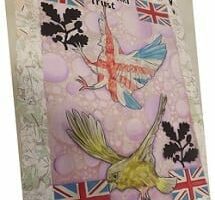
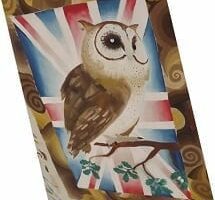
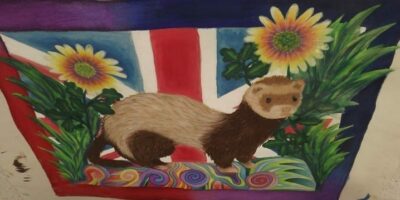
Year 11
What will students know by the end of the topic…
| Topic One—Term 1a | Topic Two—Term 1b | Topic Three—Term 2a | Topic Four – Term 2b | Topic Five—Term 3a | Topic Six—Term 3b |
| “The Deep” Graphics Project. | Coursework Completion. | Exam Unit Topic To Be Set By Exam Board in January. | Study Leave | Study Leave | |
| How to produce a body of work in order to met a design brief.
How to ensure they are meeting all the exam boards assessment objective criteria. |
Pupils will need to apply all their subject skills and knowledge to ensure they action teacher feedback and complete their coursework unit (60% of final grade). | Once the exam theme is released pupils must produce a body of work in order to met a design brief and ensure they are meeting the four assessment objective criteria.
Pupils will need to apply all their subject skills and knowledge to ensure they action teacher feedback and complete their exam unit (40% of final grade). |
|||


